CBSE 11TH MATHEMATICS - Online Test
Q1.
In a (b +c) cos A + (c + a) cos B + (a + b) cos C is equal to
Answer : Option B
Explaination / Solution:
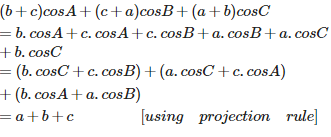

Q2. How many lines through the origin make equal angles with the coordinate axes ?
Answer : Option C
Explaination / Solution:
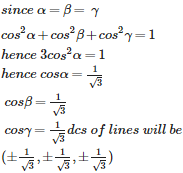

hence the lines will be 8
Q3. If A and B be any two sets , then (A∩B) ‘ is equal to
Answer : Option B
Explaination / Solution:
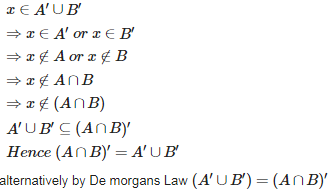

Q4. If then a and b are respectively :
Answer : Option A
Explaination / Solution:
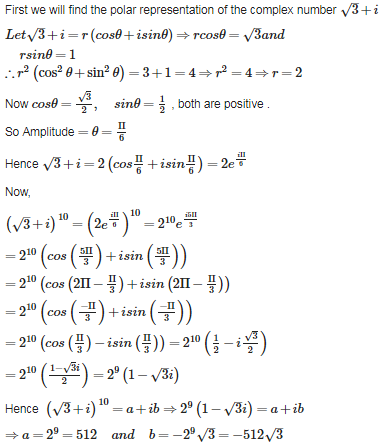

Q5. The largest term in the expansion of when is
Answer : Option B
Explaination / Solution:
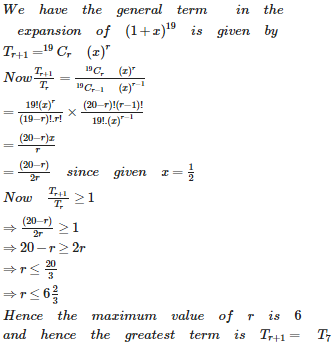

Q6. Identify the solution set for
Answer : Option D
Explaination / Solution:
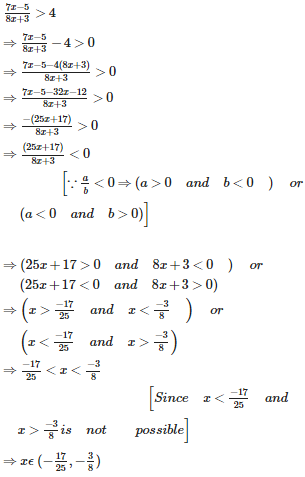

Q7. is equal to
Answer : Option C
Explaination / Solution:
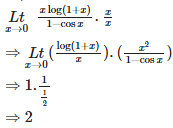

Q8. All the terms in A.P., whose first term is a and common difference d are squared. A different series is thus formed. This series is a
Answer : Option B
Explaination / Solution:
the series obtained will not follow rules of AP, GP and HP
Q9. The two lines of regression are x + 4y = 3 and 3x +y = 15 . value of x for y = 3 is
Answer : Option D
Explaination / Solution:
we have x + 4y = 3 and 3x + y = 15 as the lines of regression of y on x and x on y respectively.
therfore, for y = 3 the required line is x on y
so put y= 3 in 3x + y = 15
we get, x = 4
Q10. Projection (the foot of perpendicular) from ( x , y ) on the x – axis is
Answer : Option D
Explaination / Solution:
Let L be the foot of the perpendicular from the X axis. Therefore its y coocrdinate is zero
Therefore the coordiantes of the point L is (x,0)
